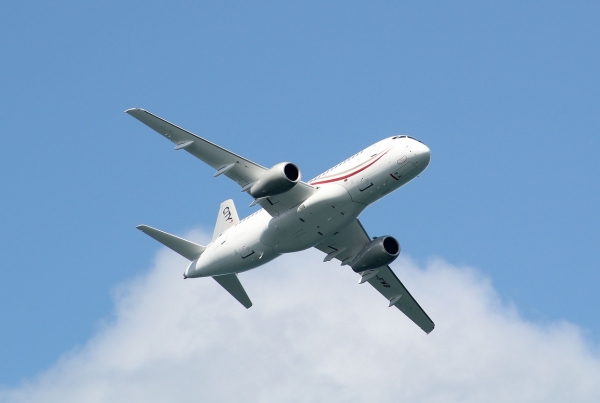A technique to cool the planet, in which particles are added to the atmosphere to reflect sunlight, would not require developing special aircraft but could be achieved using existing large planes, according to a new modelling study led by UCL researchers.
A technique to cool the planet, in which particles are added to the atmosphere to reflect sunlight, would not require developing special aircraft but could be achieved using existing large planes, according to a new modelling study led by UCL researchers.
Previously, most research has assumed that the technique, known as stratospheric aerosol injection, would be deployed in the tropics and so would require specially designed aircraft capable of flying at altitudes of 20km or more to inject the particles.
For the new study, published in the journal Earth’s Future, scientists ran simulations of different aerosol injection strategies and concluded that adding particles 13km above the polar regions could meaningfully cool the planet, albeit much less effectively than at higher altitudes closer to the equator. Commercial jets such as the Boeing 777F could reach this altitude.
Lead author Alistair Duffey, a PhD student at UCL’s Department of Earth Sciences, said: “Solar geoengineering comes with serious risks and much more research is needed to understand its impacts. However, our study suggests that it is easier to cool the planet with this particular intervention than we thought. This has implications for how quickly stratospheric aerosol injection could be started and by who.
Read more at University College London
Photo Credit: CanonEOS1300d via Pixabay




